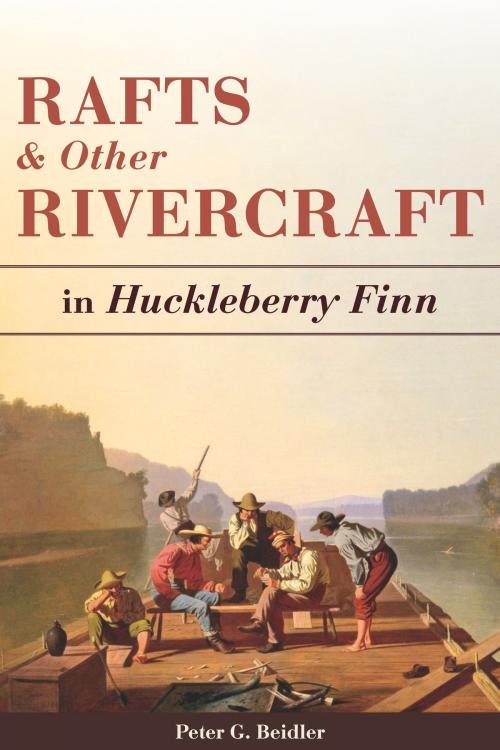Rafts and Other Rivercraft
in Huckleberry Finn
Nonfiction, Reference & Language, Transportation, Navigation, Fiction & Literature, Literary Theory & Criticism, American| Author: | Peter G. Beidler | ISBN: | 9780826273987 |
| Publisher: | University of Missouri Press | Publication: | February 2, 2018 |
| Imprint: | University of Missouri | Language: | English |
| Author: | Peter G. Beidler |
| ISBN: | 9780826273987 |
| Publisher: | University of Missouri Press |
| Publication: | February 2, 2018 |
| Imprint: | University of Missouri |
| Language: | English |
The raft that carries Huck and Jim down the Mississippi River is often seen as a symbol of adventure and freedom, but the physical specifics of the raft itself are rarely considered. Peter Beidler shows that understanding the material world of Huckleberry Finn, its limitations and possibilities, is vital to truly understanding Mark Twain’s novel. He illustrates how experts on Twain’s works have misinterpreted important aspects of the story due to their unfamiliarity with the various rivercraft that figure in the book.
Huck and Jim’s little raft is not made of logs, as it is often depicted in illustrations, but of sawn planks, and it was originally part of a much larger raft. Beidler explains why this matters and describes the other rivercraft that appear in the book. He gives what will almost certainly be the last word on the vexed question of whether the lengthy “raft episode,” removed at the publisher’s suggestion from the novel, should be restored to its original place.
The raft that carries Huck and Jim down the Mississippi River is often seen as a symbol of adventure and freedom, but the physical specifics of the raft itself are rarely considered. Peter Beidler shows that understanding the material world of Huckleberry Finn, its limitations and possibilities, is vital to truly understanding Mark Twain’s novel. He illustrates how experts on Twain’s works have misinterpreted important aspects of the story due to their unfamiliarity with the various rivercraft that figure in the book.
Huck and Jim’s little raft is not made of logs, as it is often depicted in illustrations, but of sawn planks, and it was originally part of a much larger raft. Beidler explains why this matters and describes the other rivercraft that appear in the book. He gives what will almost certainly be the last word on the vexed question of whether the lengthy “raft episode,” removed at the publisher’s suggestion from the novel, should be restored to its original place.















